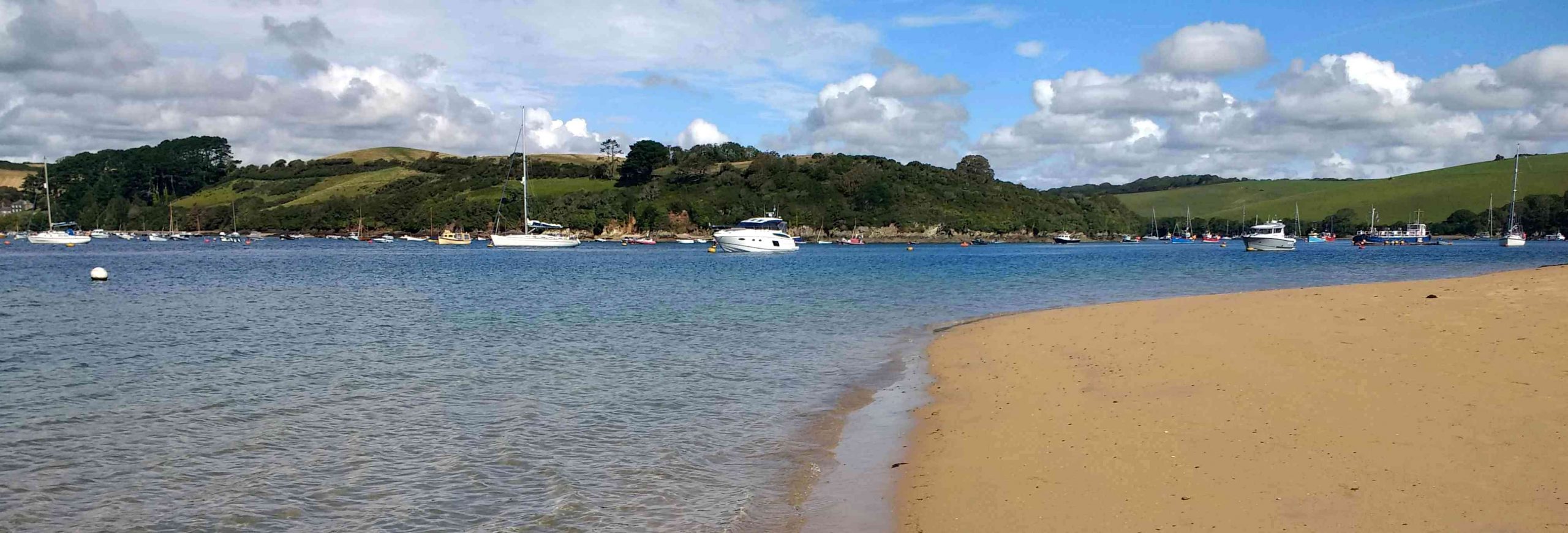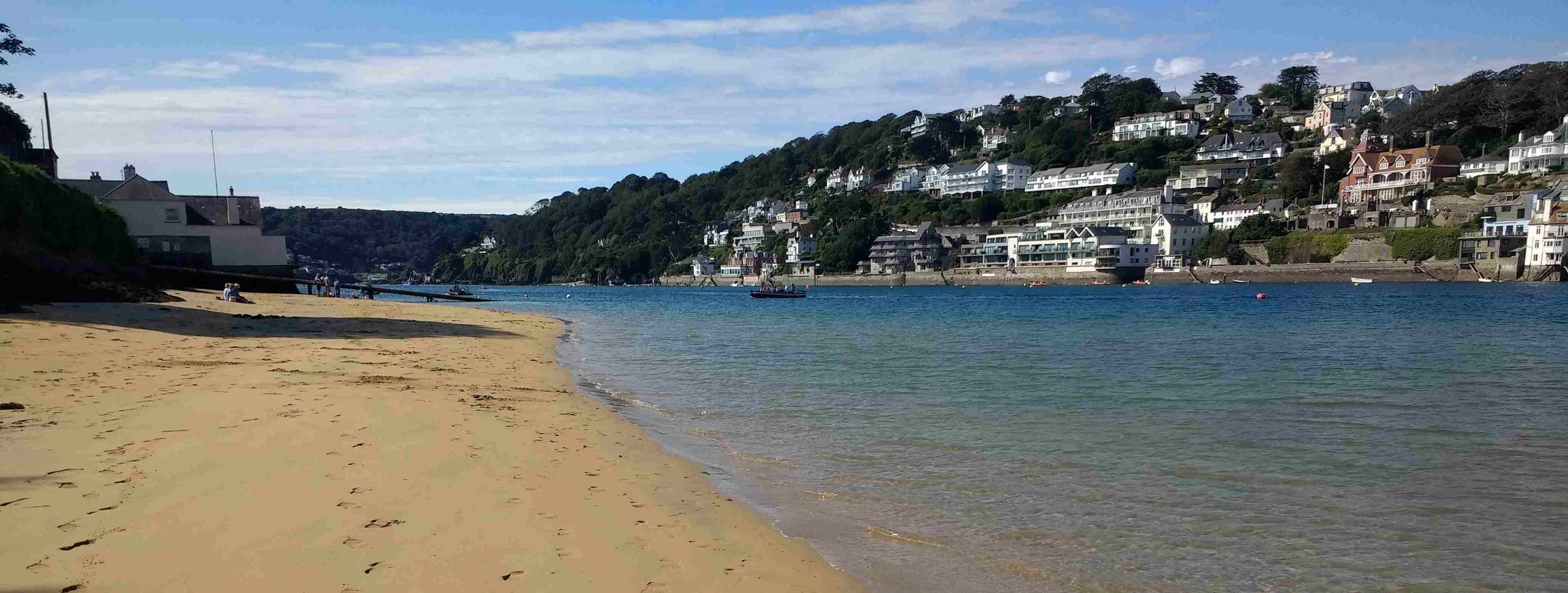
The disaster at Hallsands in 1917 was something of a mystery at first. The people of Hallsands kept pestering the government of the day about the environmental damage they thought was being caused by removing shingle from the Skerries to build Plymouth dockyard; and the government took little notice, apparently regarding the villagers as vexatious. The government was banking on the shingle on the Skerries being replenished as soon as it was removed so that, in time, everything would return to normal. But the Skerries were rebuilt only by taking the shingle from the Start Bay beaches, and Hallsands in particular.
The mystery was why the shingle wasn’t replenished, and the answer to that came only in the 20th century. It wasn’t local shingle. It had been carried several hundred miles by a glacier and dumped. It had just been swirling round and round the bay, forming a bank at the Skerries and providing extensive shingle beaches from Torcross to Blackpool Sands.
I have often wondered where the sand in Salcombe Harbour came from. There doesn’t seem to be an obvious seam nearby and, curiously, there seems to be a constant amount of it. If one area is short of sand, another will have increased. Not so long ago Smalls Cove lost all its sand and was reduced to bare rocks, but the Bar had grown and needed to be resurveyed. Now Smalls Cove has oodles of sand and so does Ditch End, which used to be pretty muddy except at high tide; and the Bar has shrunk a bit. I have been told that, after one easterly storm, it became possible to ride a horse under the East Portlemouth ferry jetty. You have to bow low to get under it today.
So the sand certainly moves round the Harbour, but doesn’t seem to get washed out or diminished even though, twice a day, 5m tides exchange around half of all the water in the Harbour. The sand may stay because the Harbour is a ria – an inlet formed by glacial action rather than a river scouring through it. Rias are common along the south coast: Dartmouth, Plymouth, Fowey and Falmouth are all rias, but they happen to have sizeable rivers flowing through them. The unique and special feature of Salcombe is that it has beautiful sandy beaches within the shelter of the Harbour. It may be that Salcombe Harbour is able to retain the sand only because there is no river to wash it away.
I hope someone someday will be able to tell me more about the sand. But one thing I know: it is golden in two ways. First, the colour, which is maintained by the river-mud free, gin-clear water and, secondly, because it is the foundation of South Hams’ tourist industry, making the Harbour more economically significant than any business park.

Comments are closed, but trackbacks and pingbacks are open.